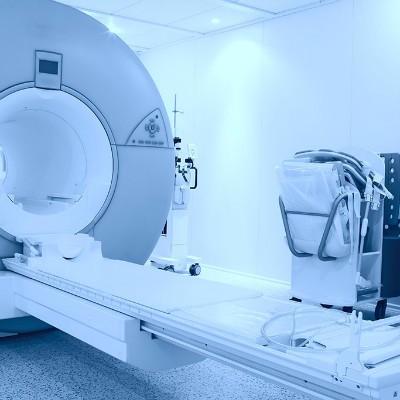How is lung cancer radiotherapy carried out
summary
Radiotherapy is an effective method for the treatment of lung cancer. Radiotherapy for lung cancer can be divided into simple radiotherapy, preoperative radiotherapy, intraoperative radiotherapy, postoperative radiotherapy, chemotherapy during radiotherapy, etc. 75% of the patients with locally advanced lung cancer had lost the chance of surgery when they were diagnosed, and they were mainly treated with radiotherapy combined therapy or radiotherapy alone. How is lung cancer radiotherapy carried out? Now let's have a chat.
How is lung cancer radiotherapy carried out
(1) Preoperative radiotherapy. It can clear the subclinical lesions outside the surgical area, such as small metastases in the mediastinum; reduce the tumor volume and infiltration between adjacent structures and tissues, increase the surrounding anatomical tissue plane; weaken the vitality of tumor cells, reduce the possibility of local implantation and distant metastasis. The expected benefit is to improve the resection rate and long-term survival rate. However, the results of clinical practice are contrary to our wishes, and neither of the above two goals has been achieved. Therefore, it can be said that the comprehensive operation of preoperative radiotherapy has not benefited the patients, and it has not been used routinely in clinic.

(2) Intraoperative radiotherapy. Objective to improve the total resection rate and reduce local recurrence. In recent years, it has been developed that one-time high-dose (15-25gy) radiation with electron beam is applied to the residual part of the operation. After the wound is healed, the external high-energy radiotherapy is applied. Hilaris BS of Sloan Kettering Memorial Hospital in the United States reported that the implantation of medical radioisotopes (125 I, 222 Rn) into unresectable tumors after thoracotomy has achieved satisfactory results.

(3) Postoperative radiotherapy. Therefore, it is not suitable for routine use. The trial was continued in stage III N2 cases. Because of the role of postoperative radiotherapy in these advanced patients. In the case of incomplete resection of cancer tissue or residual cancer infiltration in bronchial stump, metal markers can be placed for radiotherapy. Postoperative radiotherapy can improve the survival rate.

matters needing attention
Radiotherapy should be selected according to the actual situation of patients and their condition. At present, CyberKnife is more effective in the treatment of lung cancer.















